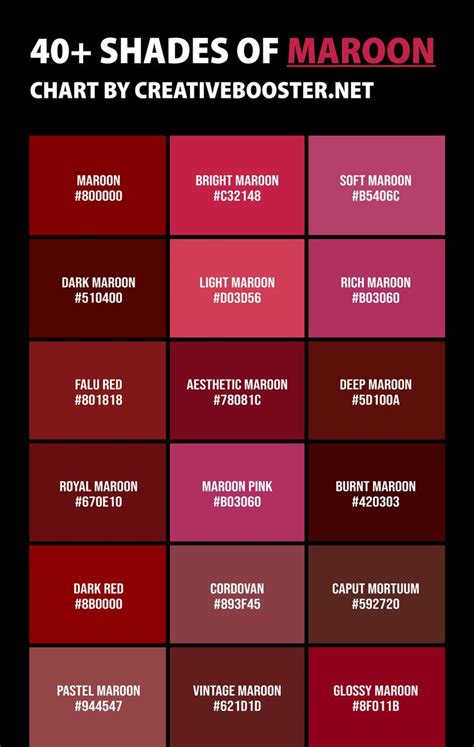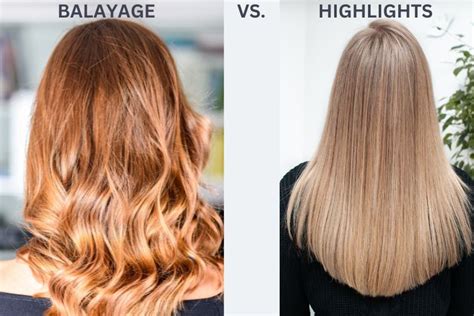Introduction

When it comes to enhancing your hair color, two popular techniques reign supreme: balayage and highlights. Both methods offer distinct advantages and cater to different preferences. Let’s delve into the depths of these hair transformation methods to help you make an informed decision.
1. Application Technique:
- Balayage: Artists use a “sweeping” motion to hand-paint color onto the hair, creating soft, sun-kissed gradations.
- Highlights: Foils or a cap are used to separate sections of hair, which are then bleached or colored to create defined strands of contrast.
2. Color Placement:
- Balayage: Color is applied in a V-shaped motion, starting from the mid-lengths to the ends, resulting in a natural blend.
- Highlights: Color is placed throughout the hair, from roots to ends, creating a more noticeable contrast.
3. Coloring Effect:
- Balayage: Provides a subtle, ombré effect, with a gradual transition from darker roots to lighter tips.
- Highlights: Creates more pronounced strands of color against a darker base, resulting in a bolder, more eye-catching look.
4. Maintenance:
- Balayage: Requires less frequent touch-ups (every 8-12 weeks) as roots grow out more seamlessly.
- Highlights: Demands more regular touch-ups (every 4-8 weeks) to maintain contrast and prevent fading.
Common Mistakes to Avoid
- Over-bleaching: Avoid excessive bleaching to prevent damage and breakage.
- Insufficient contrast: Ensure there’s enough contrast between base color and highlights to create a noticeable effect.
- Unnatural placement: Place balayage or highlights strategically to avoid an artificial or unflattering look.
Which Technique is Right for You?
Your choice between balayage and highlights depends on your desired outcome:
- Balayage: Ideal for those seeking a natural, low-maintenance look with subtle color transitions.
- Highlights: Perfect for those who prefer a more defined, contrasting effect with brighter strands.
| Feature | Balayage | Highlights |
|---|---|---|
| Application Technique | Hand-painted, sweeping motion | Foils or cap used to separate sections |
| Color Placement | Mid-lengths to ends, V-shaped | Roots to ends |
| Coloring Effect | Subtle, ombré transitions | Pronounced strands of contrast |
| Maintenance | Less frequent touch-ups (every 8-12 weeks) | More frequent touch-ups (every 4-8 weeks) |
| Cost | Generally more expensive than highlights | Varies based on technique and salon |
Balayage Benefits:
- Natural-looking, sun-kissed效果
- Low-maintenance, with seamless root growth
- Adds dimension and movement to hair
Highlights Benefits:
- Creates a more eye-catching contrast
- Enhances hair texture and thickness
- Adds pop of color and vibrancy
-
Can I do balayage or highlights at home?
Yes, but it is recommended to seek professional guidance to ensure proper application and avoid damage. -
How long do balayage or highlights last?
Balayage lasts for 8-12 weeks, while highlights require more frequent touch-ups every 4-8 weeks. -
Which technique is better for thick or thin hair?
Balayage is ideal for both thick and thin hair, while highlights may be more suitable for thin hair to add volume. -
How much does balayage or highlights cost?
The cost varies depending on the salon, stylist experience, hair length, and desired result. -
Can I combine balayage and highlights?
Yes, a technique called “foilayage” combines the soft transitions of balayage with the defined strands of highlights. -
How do I choose the right shade of color for my hair?
Consult with an expert stylist to determine the most flattering hue based on your skin tone, eye color, and hair texture.
